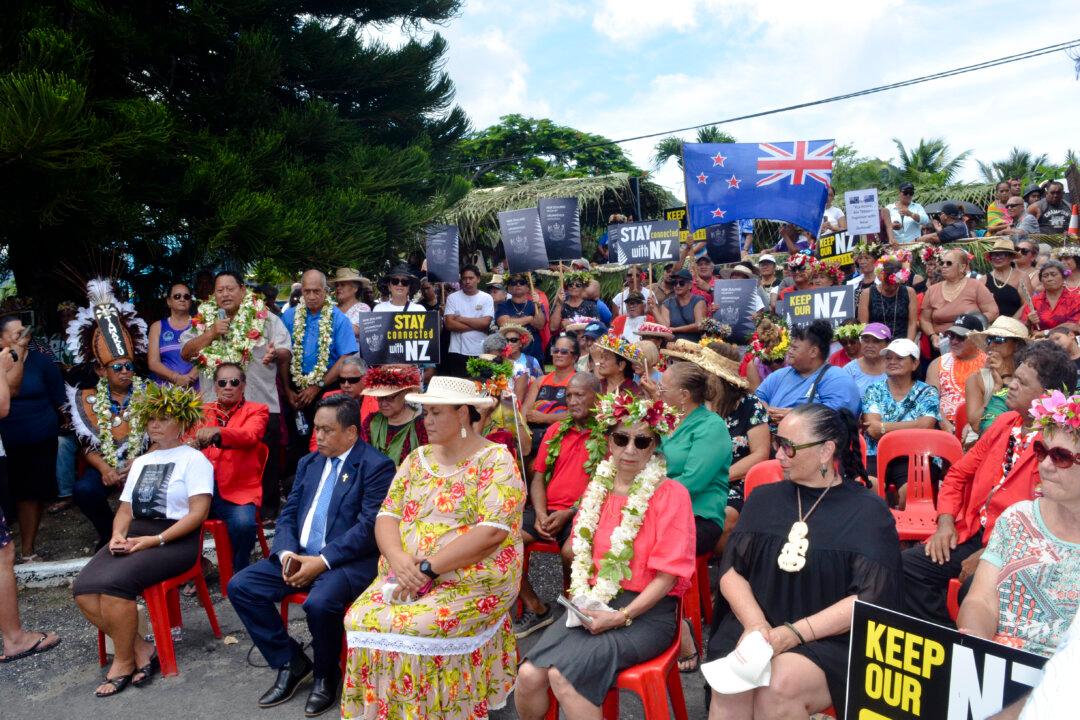NEW DELHI—It’s the wedding season in India, a fact that is evident by the long wedding processions where families dance in the cold to bellowing brass band music on the way to the wedding.
While today these processional brass bands are a staple in many North Indian weddings, these bands are actually a remnant of British colonialism in India.
These bands were brought to India by the British as military bands in the 1700’s.
“[British military bands] were a crucial apparatus through which Indian subjects could be impressed by, and British rulers assured of, the strength and purpose of the [British] imperial enterprise,” writes Trevor Herbert and Helen Barlow in their book “Music & the British Military in the Long Nineteenth Century.”
[pullquote author="Trevor Herbert and Helen Barlow, "Music & the British Military in the Long Nineteenth Century"" org=""][British military bands] were a crucial apparatus through which Indian subjects could be impressed by.[/pullquote]




